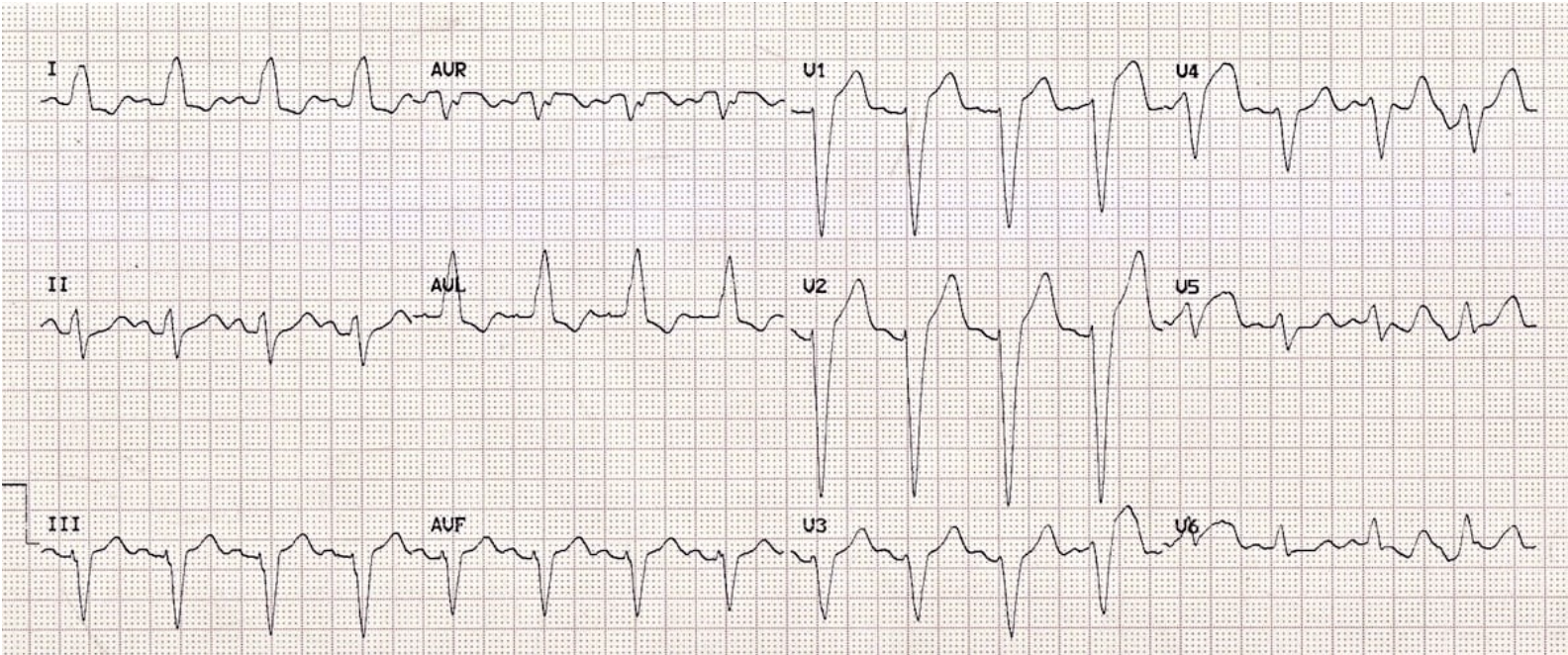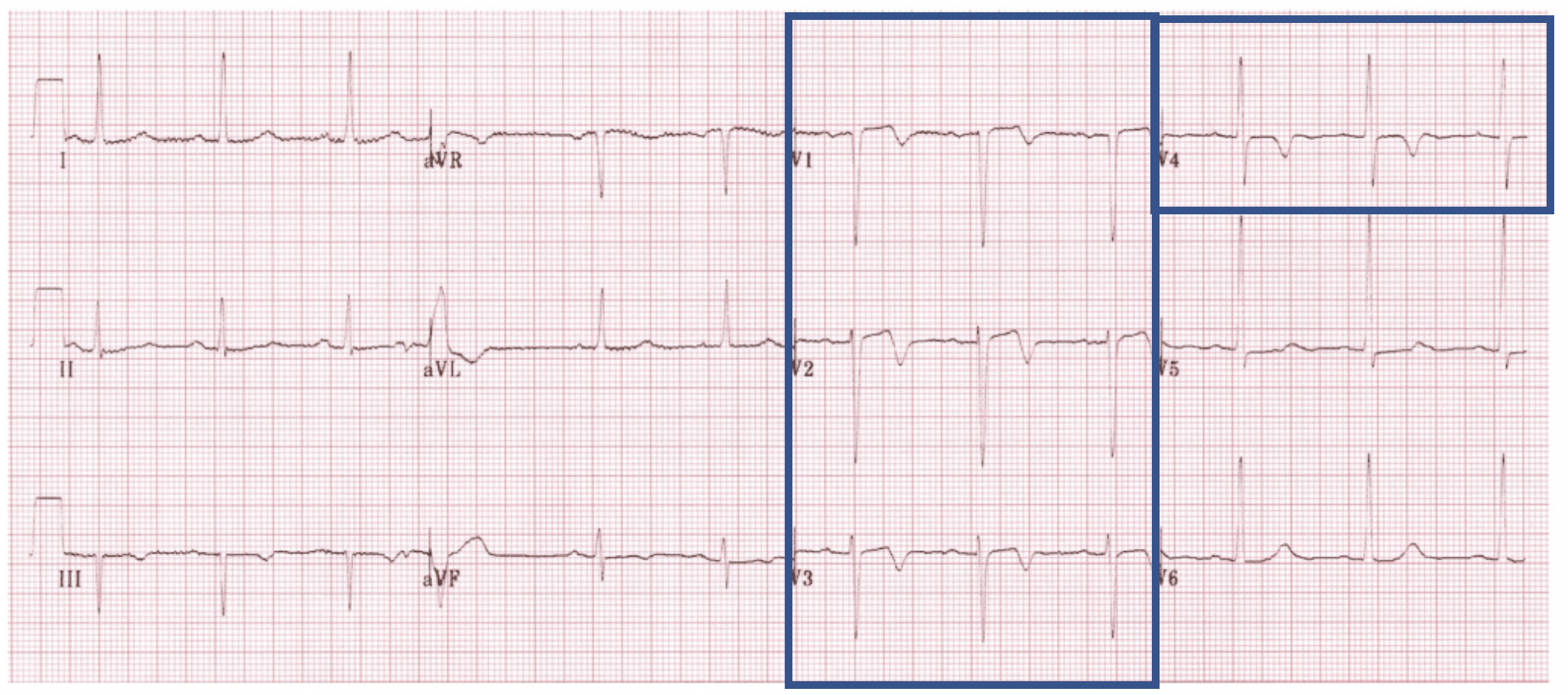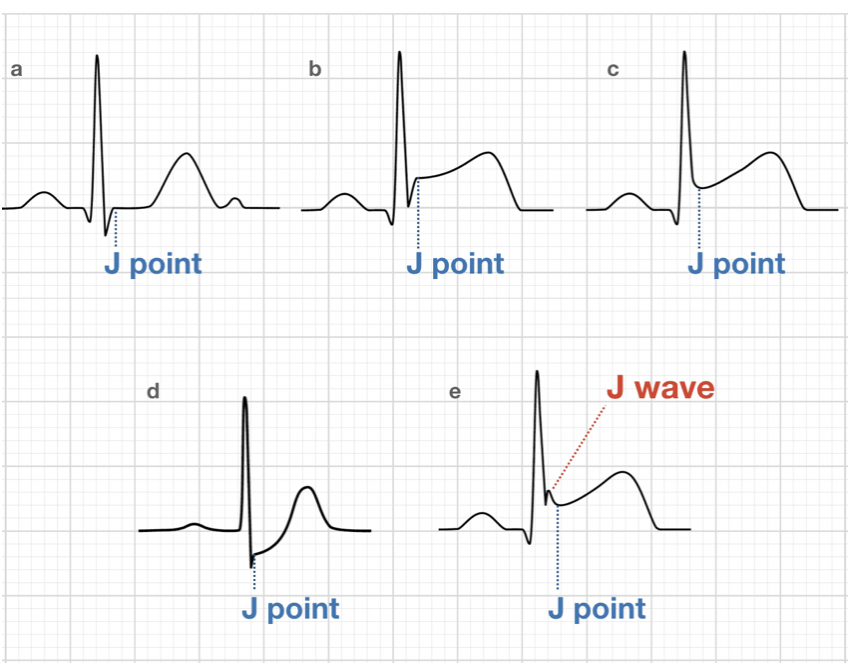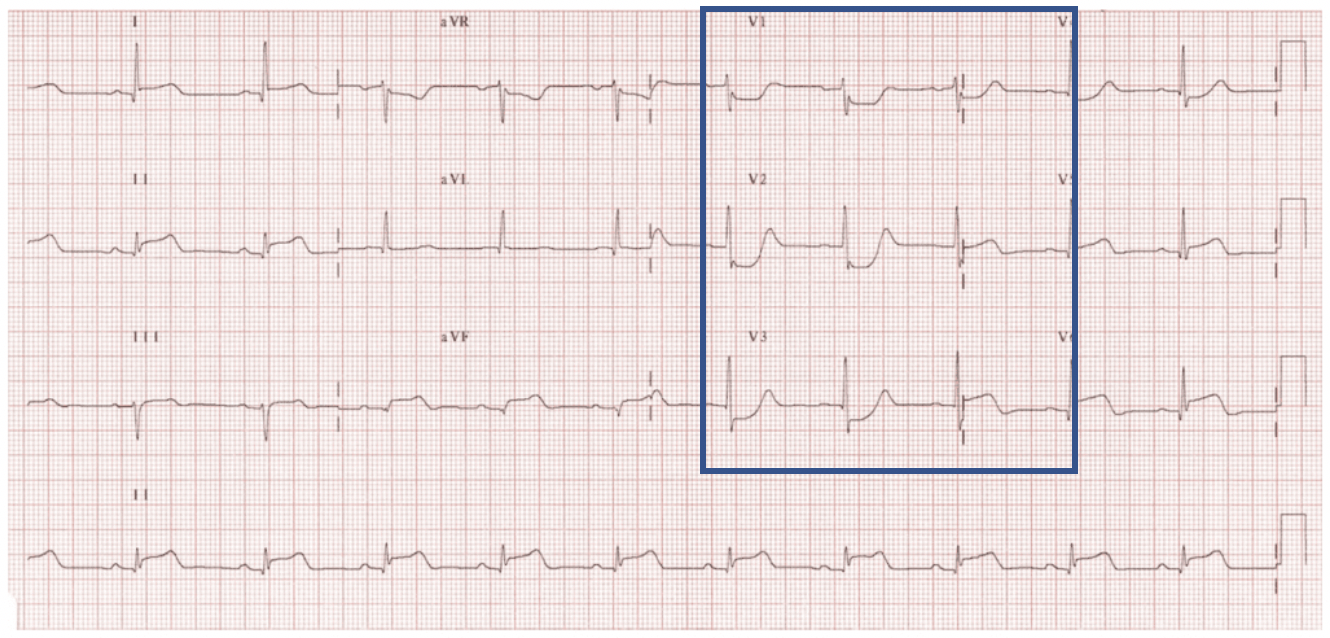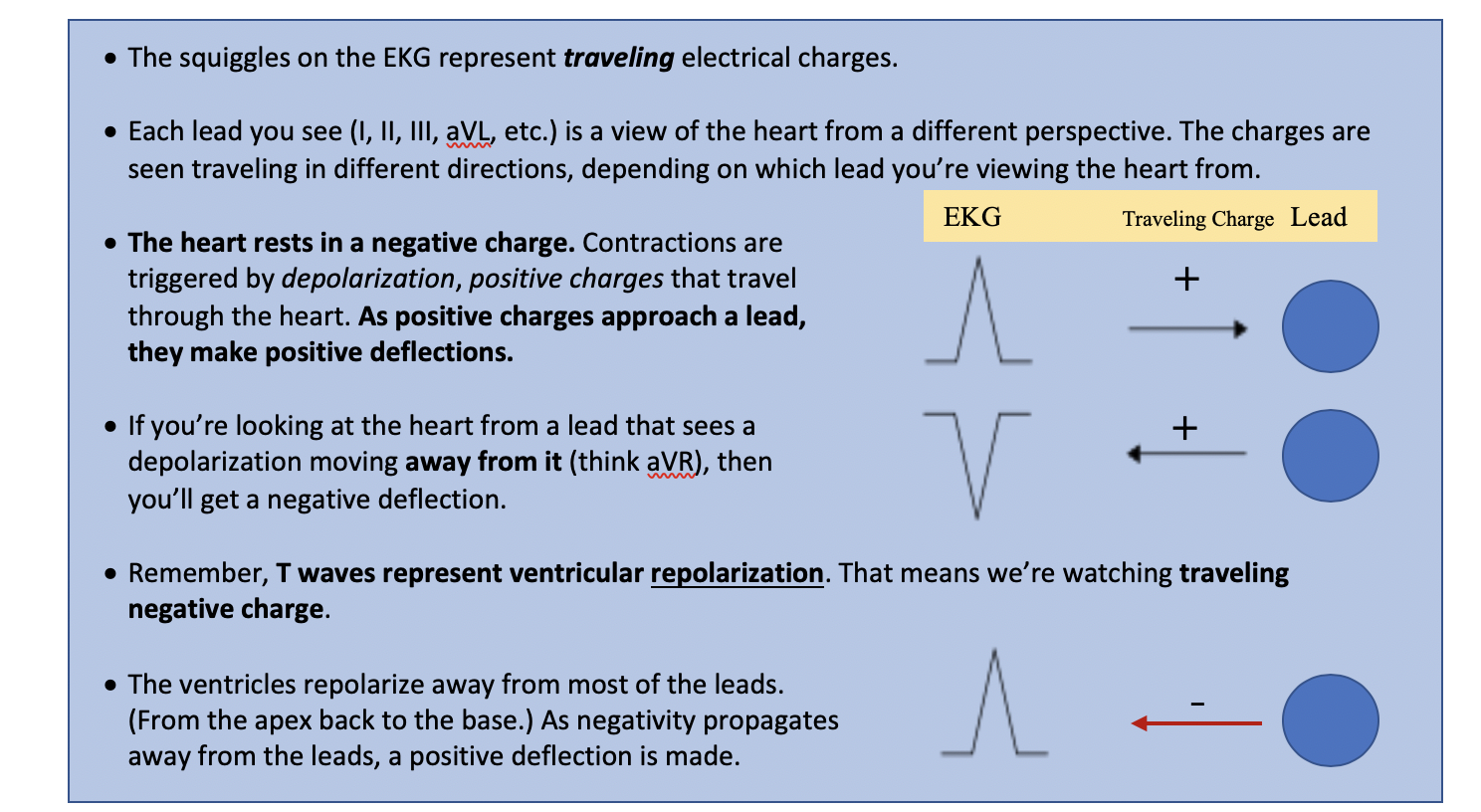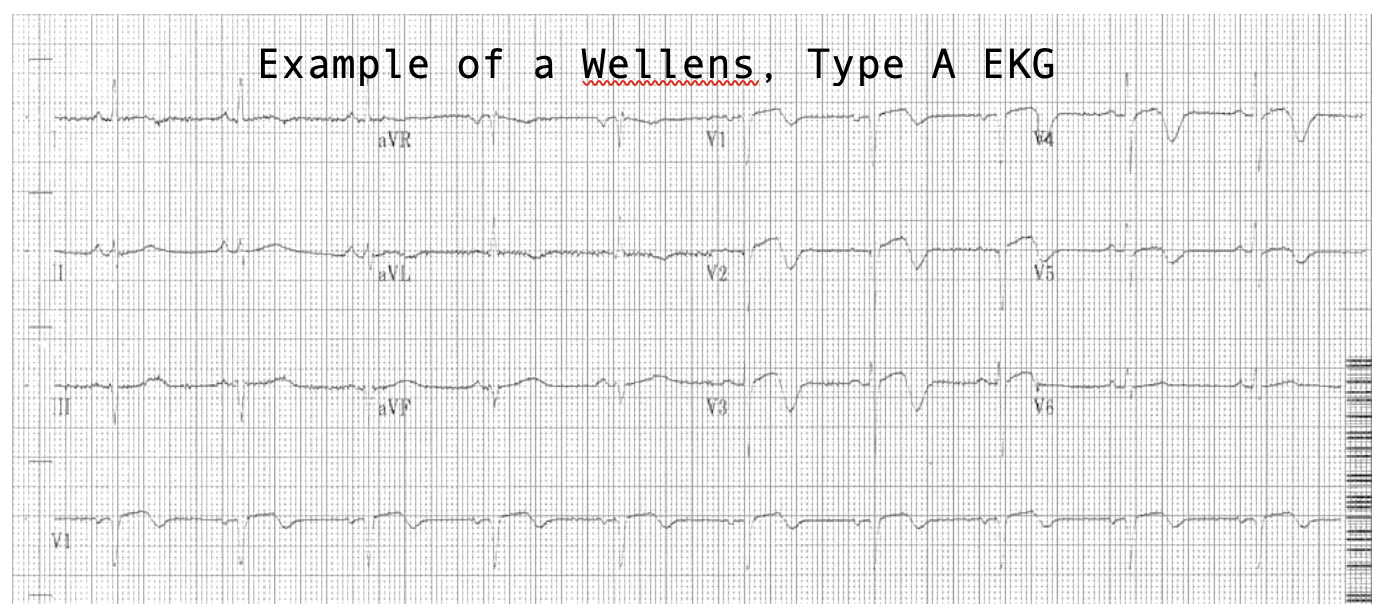EKGotW, LBBB
or, WTF am I Looking at?
EKG#1
1. What’s the morphology?
2. Do you activate the cath-lab or not?
EKG #2
1. Alright, smarty-pants, how about this one?? Cath-lab, ya or na?
2. Feel free to interpret any other strange abnormalities in this EKG, but the real question is if this person is having an AMI or not.
EKGotW #7
Left Bundle Branch Block
&
Modified Sgarbossa Criteria
____________________________________
PART ONE: What’s a LBBB? (Left Bundle Branch Block, not a lanky-bashful-big-boy)
PART TWO: How do I find it?
PART THREE: How do I diagnose a MI in the setting of LBBB?
Modified Sgarbossa Criteria
91% Sensitive, 90% Specific
There are only three criteria.
If any of them are present, call the cath lab.
PART FOUR: Answers
EKG #1
Sinus, LBBB, no ischemic changes
- QRS and ST are all appropriately discordant.
- There is no (1) concordant ST elevation, (2) concordant ST depression in V1-3, or (3) ST elevation that is more than a quarter of the S wave before it.
EKG #2
Ventricular paced rhythm with LBBB morphology, meets Modified Sgarbossa Criteria
Rhythm is tricky and I’m not positive on this one. It may be complete heart block, but the P waves are irregular, though monomorphic. This makes me think complete heart block with compensatory pauses vs sick-sinus. Email if you have something a little more concrete.
- V2 & V3 have concordant ST depression. (V1 borderline.)
- This, plus a clinical picture of ACS, is enough to call the cath lab.
This article is everywhere and does a great job of breaking down the criteria:
https://epmonthly.com/article/stemi-in-the-presence-of-lbbb/
This is probably the only page you’ll ever need for diagnosing AMI w/ LBBB:
http://www.tamingthesru.com/blog/diagnostics/miinlbbb
REFERENCES
https://litfl.com/left-bundle-branch-block-lbbb-ecg-library/
https://litfl.com/sgarbossa-criteria-ecg-library/
https://www.ecgquest.net/ecg/left-bundle-branch-block/
http://www.emdocs.net/ecg-pointers-a-paced-stemi/
https://ecgguru.com/blog/jasons-blog-ecg-challenge-week-sept-23-30-2012
https://journalfeed.org/article-a-day/2019/enhancing-sgarbossa-criteria-for-stemi

